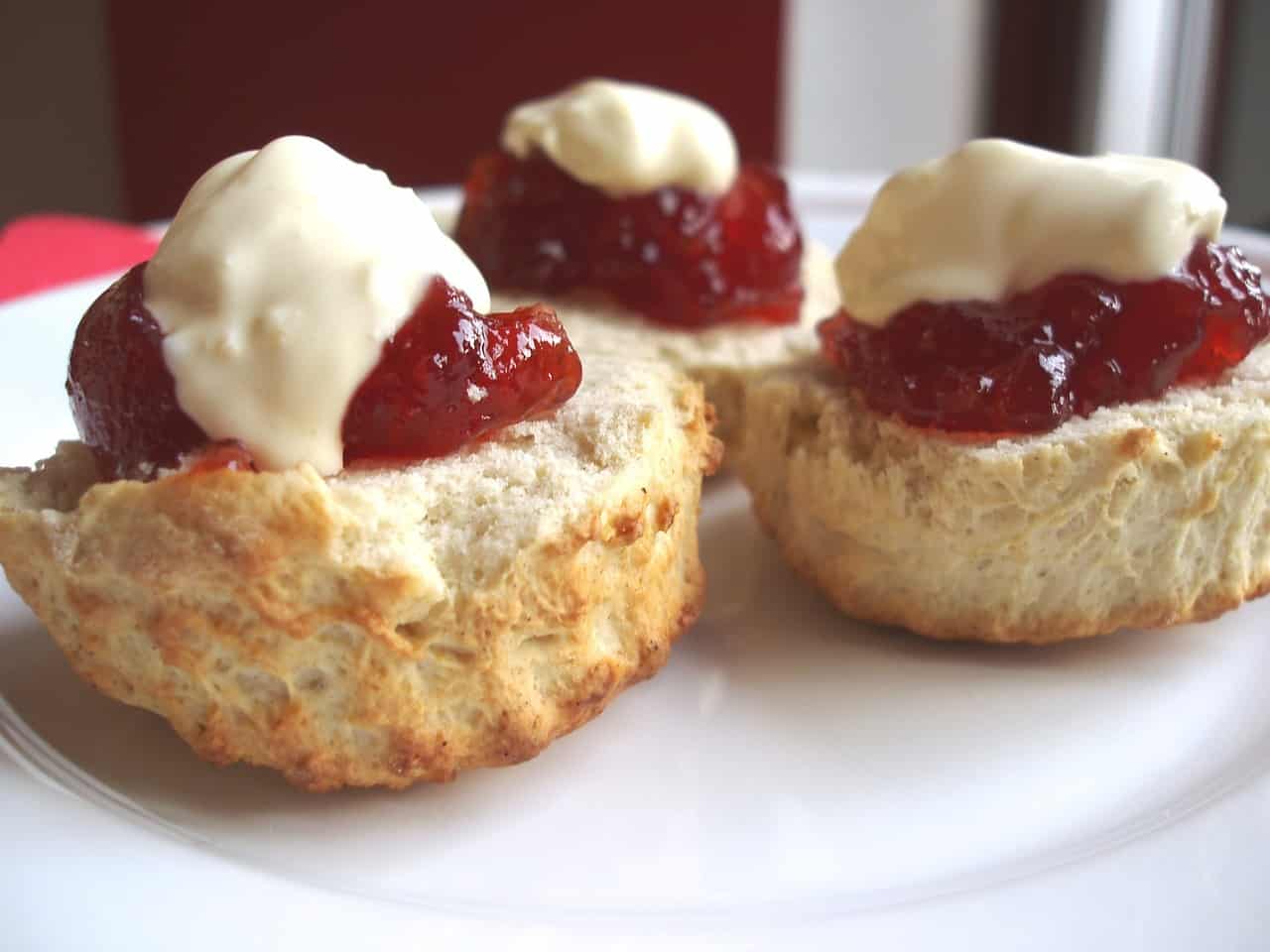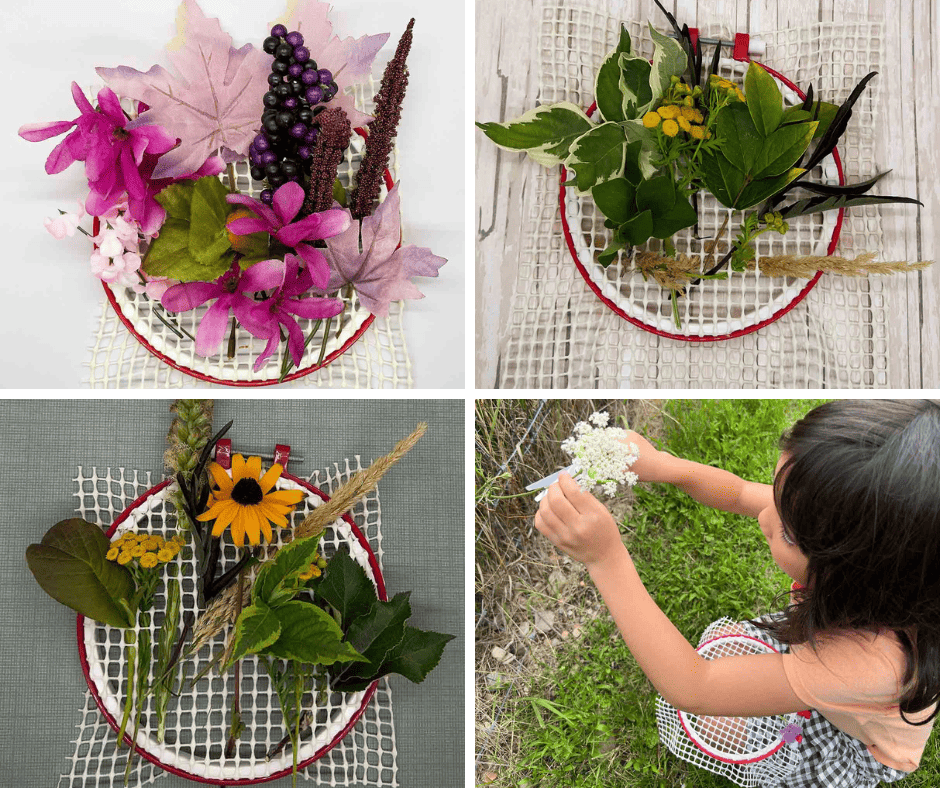Inside: Here are 7 creative ways to celebrate your ancestors with Victorian Tea Parties. Included are teas, foods, games, and activities to make your Victorian Tea Party a smashing success!
History of Victorian Tea Parties
When you think of Victorian Tea Parties—what comes to mind? For me, it’s women in fancy frocks delicately sipping tea from china cups in merry ole England 400+ years ago. Well, that’s not the whole story. Tea parties did not begin in Europe—they started in China, or at least the making of tea had its roots in China. But the first actual tea party started in England in 1662 with Catherine of Braganza hosting the first ever Victorian Tea Party!
And, how can we forget one of the most famous tea parties— “A Mad Tea Party” found in the book, Alice’s Adventures in Wonderland where Alice is the guest at a strange tea party with the March Hare and the Mad Hatter. Alice is bombarded with silly riddles and stories until she leaves claiming it was the stupidest tea party she had ever been to.
In the beginning, tea parties were gatherings for business deals, social celebrations, or afternoon refreshments.
Today, tea parties are celebrated globally in nearly every country in the world. My ancestors from England, Sweden, and France were big into sipping tea and eating cakes in the afternoon with friends and family. In Sweden, afternoon tea parties are called “fika.”
Fast forward to the 21st century…to remember our European ancestors, we created a Victorian Tea Party complete with fancy hats, a Victorian menu, and fun activities.
Ideas for Victorian Tea Parties
Here are some ideas for the next time you want to mimic your ancestors and celebrate with a fun Victorian Tea Party!
#1 First Create the Menu…
Create a menu that reflects the foods your ancestors ate. Our Victorian Tea Party menu reflected foods our ancestors from England, France, and Sweden may have eaten at an afternoon tea party such as:
- Boursin Cheese Quiche
- Yogurt Lemon Scones with lemon curd
- Fresh Veggies
- Peach Tea (popular in Sweden)
- English Trifle (I layered vanilla pudding, pound cake, whipping cream, strawberries and blueberries)
To represent France, we made Boursin Cheese Quiche—a recipe I’ve had since 1980. Representing our ancestors from England, we made homemade yogurt lemon scones with lemon curd and English Trifle. You can also serve the scones with jam or clotted cream. And for our Swedish ancestors, we drank peach tea (the KOBBS brand is a favorite in Sweden) and a dash of fresh veggies!
Here is the recipe for Yogurt Lemon Scones taken from the cookbook, Marlene Sorosky’s Season’s Greetings. I purchased the lemon curd here.
- 4 cups flour
- 2 tablespoons baking powder
- ¼ cup sugar
- Dash salt
- 1 stick cold butter
- 4 tablespoons grated lemon peel
- 2 large eggs (room temperature)
- ⅔ cup lemon yogurt
- ½ cup currants or raisins
- 1 egg mixed with 1 teaspoon water (for glaze)
- Preheat the oven to 425 degrees
- Grease a baking sheet
- Mix together the flour, baking powder, sugar and salt.
- Cut in the butter until the mixture resembles coarse crumbs
- Add the lemon peel, eggs, yogurt, and currants.
- Mix until combined
- On a floured surface, roll the dough into a 9-inch circle, ¾ inch thick
- Cut rounds, squares, triangles, etc., in the dough
- Put on the prepared cookie sheet and brush the tops with glaze
- Bake 7-9 minutes
- Serve with lemon curd
#2 A Victorian Tea Party Table Setting
Wanting our table to be both elegant and fun, we used cloth tablecloths and napkins from Europe, clear glass purple dishes, tea cups, gold-plated silverware, and flowers. To make it festive, there were miniature paper teacups filled with candies at each place setting and a silhouette of Victorian girls on swings for part of our centerpiece.
Creating a beautiful table will make your guests feel like they’re going to a real Victorian Tea Party
#3 Let’s Make a Fancy Victorian Tea Party Hat!
It wouldn’t be “proper” to come to a tea party without a fancy hat to wear, so be sure and create fun hats for the occasion. Ours were adorned with flowers and feathers.
You can order simple hats in a variety of colors from Amazon and have your kids/grandkids help decorate their hats—the girls with flowers, and the boys with feathers.
My little 2-year-old granddaughter came “properly dressed” in her Alice in Wonderland dress and party hat—to celebrate Alice’s tea party with her friends the Mad Hatter and the March Hare.
And I shared with my grandchildren that both my grandmothers NEVER went anywhere without wearing a hat and carrying a linen handkerchief.
Here’s what you need to make Victorian party hats:
Supplies
- Colorful tea party hats
- Flower garland (Hobby Lobby)
- Feathers (Dollar Store)
- Needle & thread
Directions
- Have each child pick out their hat color
- Have the girls pick out a floral garland. Put it around the hat; cut the garland to fit
- The boys pick out feathers and glue them on their hats
- Using a needle and thread, sew the garland to the hat at different points to secure it.
The “ticket” to get into the tea party is everyone comes to the party with a hat on!
#4 Victorian Tea Party Games
Most tea parties were formal affairs with everyone sitting around eating little tea sandwiches, sipping tea, and having polite conversations. If children were invited to tea parties, they were expected to be prim and proper, but they also played games supervised by their nannies. Some games included–hoops, marbles, hopscotch, skipping ropes, tag, and Blind Man’s Bluff.
I found these fun Victorian Tea Party Break-the-Ice Games on Etsy. I made a copy for each guest—and we played them at the beginning of our tea party.
#5 Embroidery Hoop Wreaths
As mentioned, Victorian children engaged in activities at tea parties. We gave our Victorian Tea Party a 21st-century twist and made embroidery hoops woven with bits of nature.
Children of all ages LOVE to be in nature. Being in nature helps children develop independence and self-confidence which boosts their interest in trying new activities. It increases their self-esteem, helps them to feel happier, and has the ability to help children focus and concentrate.
Most of our grandchildren’s visits are themed (like a Victorian Tea Party) and we spend time in nature. This time, we wanted our nature activities to reflect a Victorian tea party so we made embroidery hoop wreaths.
The grandkids searched for different plants, leaves, and flowers to “weave” into their embroidery hoops. I explained that many young children during the Victorian period knew how to embroider and we were going to do something similar— “embroider” the stems of plants, flowers, etc., into our embroidery hoops.
Supplies
- 6-inch embroidery hoops—one per child
- Mesh fabric (Dollar Tree)
- Plants/flowers in nature—include the stem OR if you want them to last, use dried flowers (we used both)
- Scissors
Directions
- Cut a piece of mesh into a 9” square
- Pull the mesh over the embroidery hoop making the mesh taut
- Using your scissors and cut different plants, flowers, bark, etc., (include the stem) and weave them into the mesh on your embroidery hoop
- Or use dried flowers so your nature wreaths last
#6 Making a Rag Wreath at Your Victorian Tea Party
If you’re looking for something fun and easy enough for kids/grandkids as young as 5—make a rag wreath! Explain that your ancestors learned to make things with their hands at an early age. They learned hand-sewing, embroidery, and how to tie loops and knots.
I also shared with them that my grandmothers made rag rugs to use in their homes. Those are a lot of work so making rag wreaths is an easier alternative.
And, at formal tea parties—the women would embroider, sip tea, and talk. So, you can make rag wreaths at your tea party while talking, eating, and sipping tea!
This activity requires tying a series of simple loops with fabric strips.
Supplies
- 8” wire hoop
- 4 different but coordinating fabric Fat Quarters (18×21”). (Walmart, Dollar Tree)
- Ribbon 4”
- Skeleton Keys (optional)
Directions
- Cut each fat quarter into 1”x6” strips.
- Line up your fabrics in the order you want to tie each one on the wreath
- You’re only using the 2 inside wire hoops to tie your fabrics. The outer hoop is used to hang your wreath
- Tie one piece of fabric on the second hoop and the next piece of fabric on the inner hoop. Go back and forth tying on one hoop; then the next, etc. Keep them tight to create a fluffy wreath
- Using your ribbon, tie a bow at the top
- If you want, tie 3 skeleton keys under your bow.
Add Skeleton Keys to Your Rag Wreath
We added 3 skeleton keys to each wreath because my grandmothers used skeleton keys in their homes. As a child, I was fascinated by them and I took their skeleton keys and locked and unlocked different doors in their houses. It was great fun!
Skeleton keys have been around since the Middle Ages and were used to open doors, etc., until the 1940s. They symbolized the “key to one’s heart,” or the key to “unlocking the door.”
My grandparents’ homes were old and required skeleton keys to open closets and doors. My paternal grandmother also hosted tea parties—so we put them on our rag wreaths as a reminder of my grandchildren’s great-great-grandmother!
#7 Books About Tea Parties
If you are interested in hosting Victorian Tea Parties for your children/grandchildren as a reminder of their ancestors—here are some fun books to help in your preparations.
- A Literary Tea Party: Blends and Treats by Alison Walsh
- A-Z Victorian Tea Party Alphabet Book by Alida Scheiderer
- Tea Party Recipes by Tia Halat
- Taking Tea with Alice: Looking Glass Tea Parties by Dawn Hylton & Diane Sedo
- Let’s Have Our Own Victorian Tea by Meredith Curtis
- The Official Downtown Abbey Afternoon Tea Cookbook by Downtown Abbey
People from all over the world have loved tea parties for centuries. The British wanted to segregate themselves from the masses hence they called them, “Victorian Tea Parties,” but the idea is the same—gather your family around and enjoy a cup of tea together!
Check out these other posts to celebrate your ancestors:
7 Amazing Ways to Learn About Your Ancestors Using Floriography for Kids














Leave a Reply